Lead Paint, Lead Dust, Inspection Sampling & Testing by Occupational Hygienists
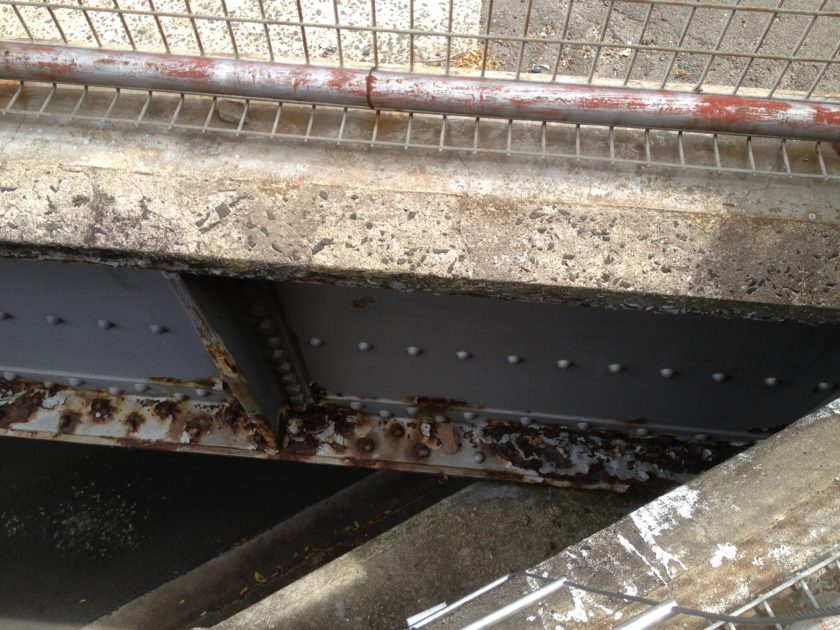
Lead in Paint, Dust or Soil, Sampling, Testing & Assessment
If you have health concerns about lead exposure from deteriorating lead paint or debris, loose lead dust and lead in soil contamination contact Our hazardous materials Consultants and occupational hygienists to assist you in the identification and exposure assessment to lead.
What are the Hazards from Lead Paint, Lead Dust and Lead in Soil?
Lead is a hazardous substance and is found everywhere in the urban environment, resulting from air, water and soil pollution from industrial processes, building renovations from the use of lead based paint (LBP) on residential dwellings before 1970 and on industrial applications until late 1980s and as a by-product from the combustion of leaded petrol.
Over an extended period of time, the lead from these sources may have contaminated the dust found in the ceiling voids and yard soil of most residential and commercial dwellings. Significant lead levels are likely to occur in the ceilings of older homes, near major roads or highly industrialised areas. With the phase out of lead paint and lead in petrol, lead in ceiling dust may not be a significant issue in domestic dwellings built since the 1990s.
Workers and others in the workplace can be exposed to residual lead paint during restoring buildings and demolition work where structures with certain percentage of lead are present in lead paint. Surface preparation for repainting or work such as welding on structures with lead paint can also result in exposure to lead hazard.
Workers and others in the workplace involved in the cleaning, repairing or demolition of ceilings and working within ceiling voids in dwellings built prior to 1990s can be exposed to lead hazard from the lead contaminated dust within the ceiling void and wall cavities.
Lead based paint, lead contaminated dust and lead contaminated soil are a major source of health risks to human and in particular children and control measures for their management and removal are very important. Lead can harm virtually every organ in the human body, especially the brain, kidney and reproductive system.
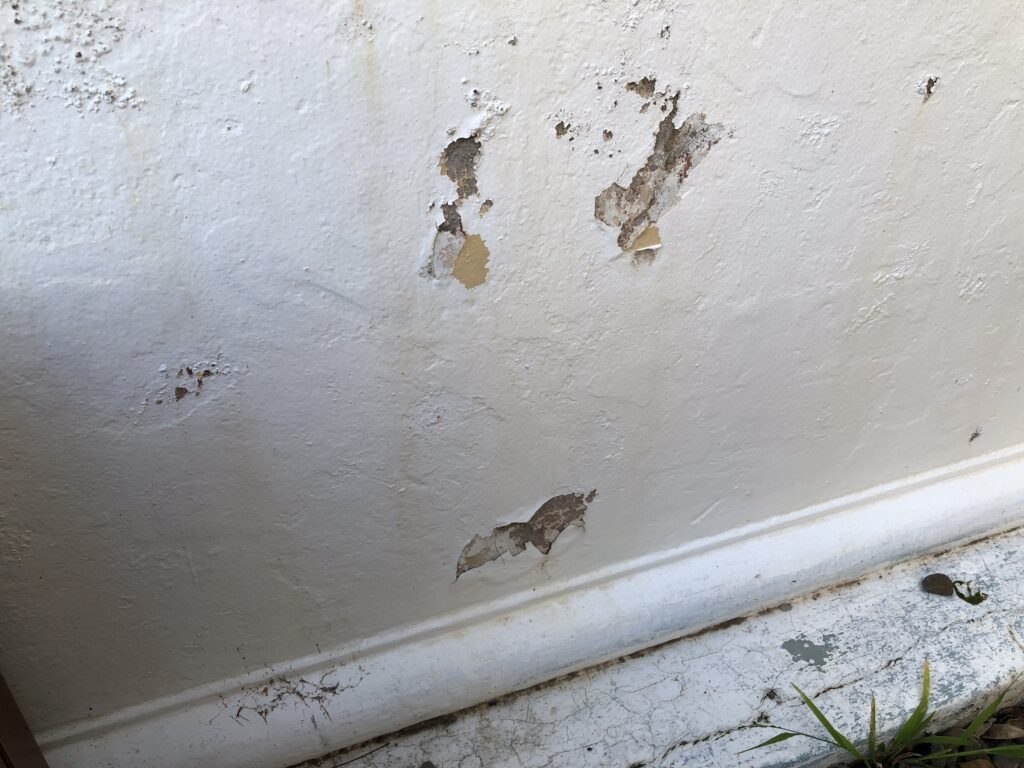
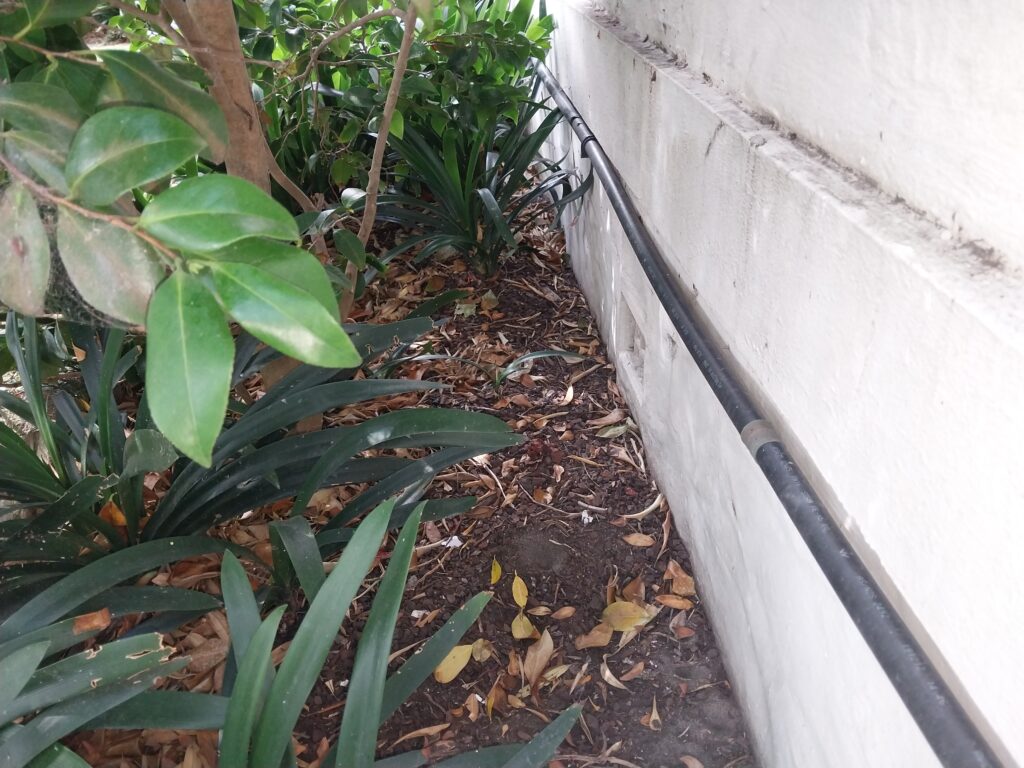
What is the Health Risk from Lead in Deteriorating Paint
If lead is present in paint that is still in good condition and it is not a friction or impact surface, it is unlikely to present a health hazard unless disturbed by sanding or mechanical or water damage. However, if the paint is in poor condition, such as flaking, peeling or badly chalking, it may be a risk to those touching it, or even through removal by wind action.
Flaking of old lead paint from exterior surfaces is common even where a number of coats of more recent lead-free paints have been applied. These flakes usually settle on soil or paved areas, and may then be ingested or inhaled by the body.
If the presence of lead is known or suspected, the extent of the hazard will be related to the amount and condition of lead paint present. A single wall panel or metal door-frame with high lead levels may not be as great a hazard as the entire exterior of a building with peeling leaded paint. Small area hazards are usually easy to control.
What is the Risk of Exposure to Lead in Paint During Maintenance and Renovation
Renovation of buildings usually involves some disturbance to paint systems. Under such circumstances lower levels of lead in paint can be made hazardous by unsafe practices. Even at levels of lead below 1% and as low as 0.25%, the dust generated by dry sanding or abrasive blast cleaning can have sufficient lead content to produce exposure levels exceeding the lead risk job threshold level. High concentrations of lead in dust have been shown to result from removal of paint with levels of lead less than 1%.
Sanding dust, or spoil from heat guns, generated during renovations can be difficult to contain and clean up, and may pose a danger to the existing occupants, or even to later occupants of the building. Lead dust has been shown to remain in carpets for longer than three years after renovations. If allowed to escape, dust from renovation work can contaminate garden soil and other areas.
The extent of the hazard is related to the amount of the particular paint present. Dry sanding a large area covered with paint containing only 0.5% lead could present a greater risk than wet scraping a cupboard with paint containing 5% lead.
The maximum level of lead in paint for domestic use was lowered to 0.25% in 1992. It is more likely that a surface layer with a lead level between 0.25% and 1% will be present rather than a surface layer with the higher pre-1970 levels. At those lead levels a risk assessment is required to determine adequate control measures for work involving lead based paint.
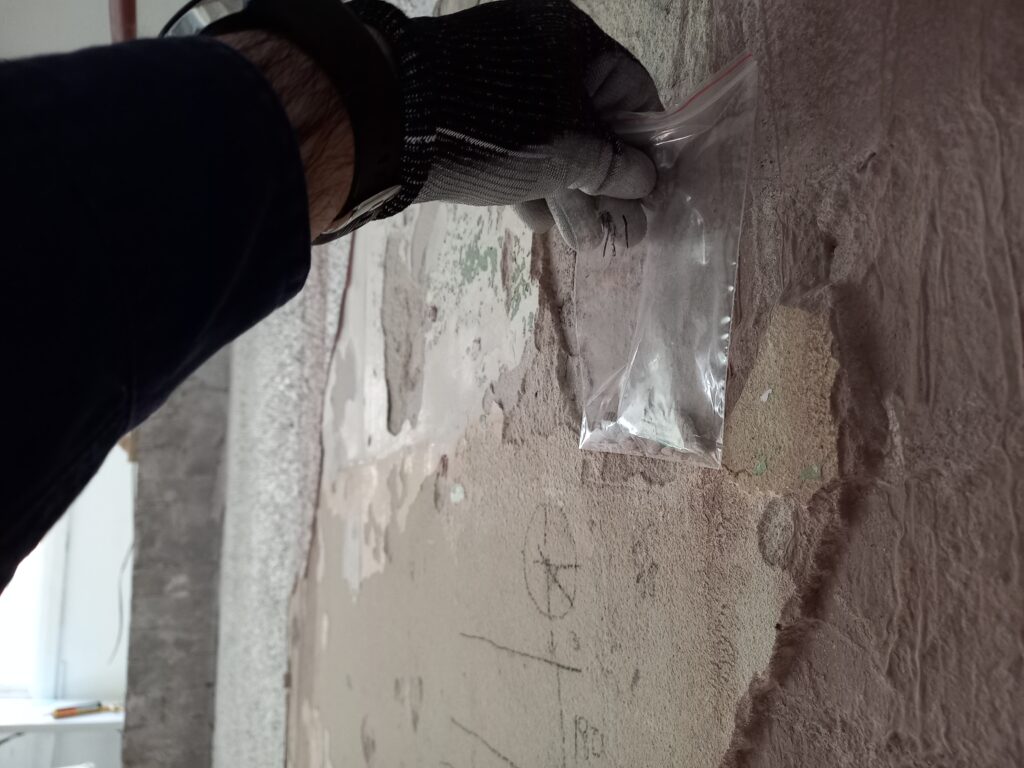
What are the Health Effects from Exposure to Lead
Lead can enter the body through several routes, for example the respiratory tract, the gastrointestinal tract and to a lesser extent through skin absorption. Lead gets into the body when you breathe in lead dust or fumes in air. If you swallow food or water that is contaminated by lead dust, small amounts of lead can gradually build up in the body and cause health problems.
Most people with increased blood lead levels are asymptomatic; adults may not display symptoms until blood levels reach 60 micrograms per decilitre (µg/dL) or 2.9 micromoles per litre (µmol/L) and above. Children generally do not show symptoms of lead intoxication until blood lead levels reach 45 to 55 µg/dL (2.7 to 2.64 µmol/L). Yet, some may be asymptomatic even when blood lead levels are as high as 60 to 70 µg/dL (2.89 to 3.38 µmol/L).
Lead cannot be excreted. It stores in the body for up to 20-30 years in bone, from where it can be mobilised back into the blood. From a single exposure, lead is readily absorbed and quickly distributed to the following areas of the body: blood (1%), soft tissue (4%) and bones/teeth (95%). Anemia can occur if lead accumulates in blood and in blood-forming tissues (bone marrow). Lead distorts the production of red blood cells in the body. The mechanism of action of lead toxicity and poisoning is not well understood.
The National Health and Medical Research Council have set guidelines for permissible levels of lead in the blood in Australia. It set a specific goal “to achieve for all Australians a blood lead level of below ten (10) micrograms per decilitre (0.48 micromoles per litre).”
The current Workplace Exposure Standard (WES) set by Safe Work Australia is 8-hour time-weighted average (TWA) of 0.05mg/m3 of air (lowered from 0.15 mg/m3).
The Commonwealth and State legislation set levels of lead in blood for Lead Risk Work, removal of workers from lead risk jobs and for health surveillance.
Hazardous Paint and Lead Paint (2017 Update)
According to AS4361.1 – 2017, hazardous paint is a dry paint containing ingredients that have the potential to create human health risk, toxic workplace atmospheres, hazardous wastes and pollution if disturbed or eroded.
NOTE: Toxic ingredients of paints include lead, chromates, arsenic, cadmium, asbestos, and coal tar derivatives such as phenols or polycyclic aromatic hydrocarbons.
Lead paint is defined by the superseded AS 4361.1:1995 Guide to Lead Paint Management-Industrial Applications as paint containing in excess of 1% by weight of lead. This definition is also used in the National Code of Practice for the Control and Safe Use of Inorganic Lead at Work [NOHSC: 2015 (1994)]. The National Health and Medical Research Council (NHMRC) Standard for the Uniform Scheduling of Drugs and Poisons (SUSDP) limited the lead concentration in paint to 1% by 1970, 0.5% in 1990, 0.25% in 1992 and 0.1% in 1997.
Hazardous Paint Compliance Plan (HPCP) – AS4361.1 – 2017
A document prepared by the contractor performing the hazardous paint removal giving a detailed description of engineering controls, work practices and safety precautions that will be adopted for the execution of the work.
Threshold Concentration Criteria for Hazardous Paint Projects – AS4361.1 – 2017
The total quantity (mass) of hazardous paint will influence the level of potential emissions and the nature and quantity of waste produced. The greater the quantity of paint, the higher the risk of emissions will be for a given removal strategy.
AS4361.1 – 2017 suggests hazard threshold concentration criteria for determining if a project poses a significant hazard based on the content of % lead, cadmium, chromium and arsenic and the total volume of hazardous paint to be removed.
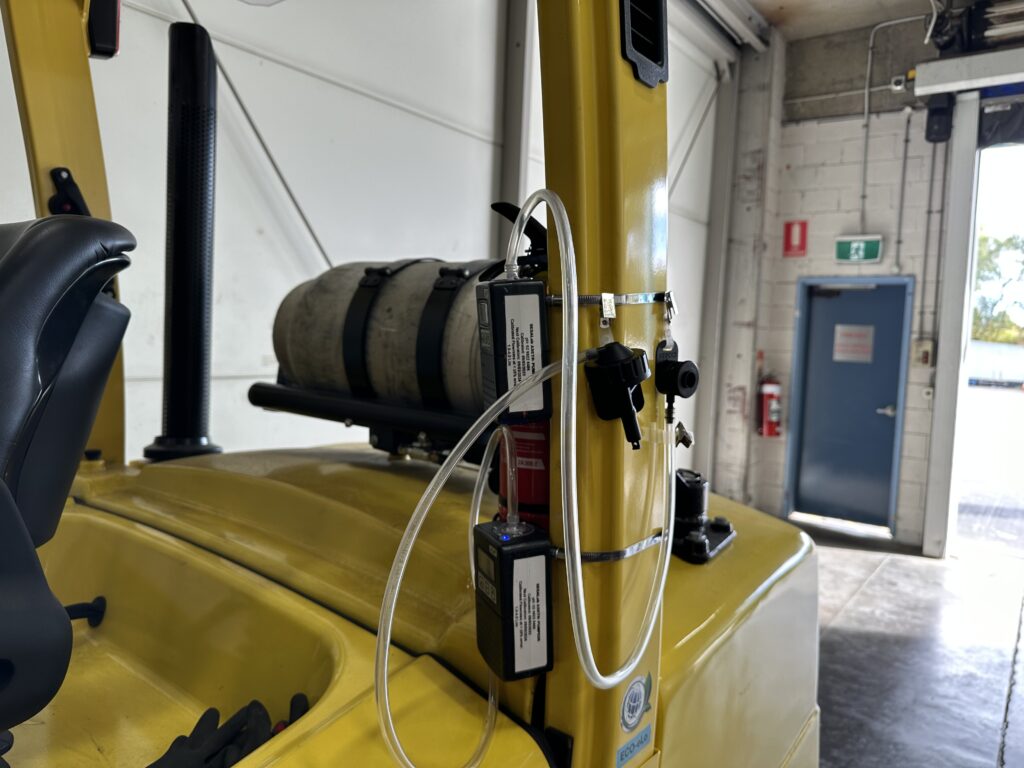
Lead and other Metals Air Monitoring
During work on lead paint removal or stabilisation, removal and decontamination of lead dust or lead contaminated soil and other metal contamination, lead and other metals air monitoring is required to ensure airborne lead and metals levels are below the action level and well below the applicable WES. Air monitoring may include exposure monitoring within the worker’s breathing zone, control monitoring at the boundaries of the work area and clearance monitoring following the hazardous paint removal work.
Lead Clearance Testing
Following the lead removal and decontamination of surfaces, lead clearance testing is required. The current standards (AS4361.1 and AS4361.2) do not specify clearance levels.
The superseded Australian Standard AS 4361.2 1998 Guide to lead paint management Part 2: Residential and Commercial Buildings have surface dust lead loading values as acceptance clearance levels after lead paint management activities as follows:
- Interior floors (carpeted or uncarpeted) – 1 mg/m2 (as lead)
- Interior window sills – 5 mg/m2 (as lead)
- Exterior surfaces – 8 mg/m2 (as lead).
These levels could still be used where determined relevant based on a risk assessment (eg. if sensitive receptors such as for child care centres, residential dwellings, etc.).
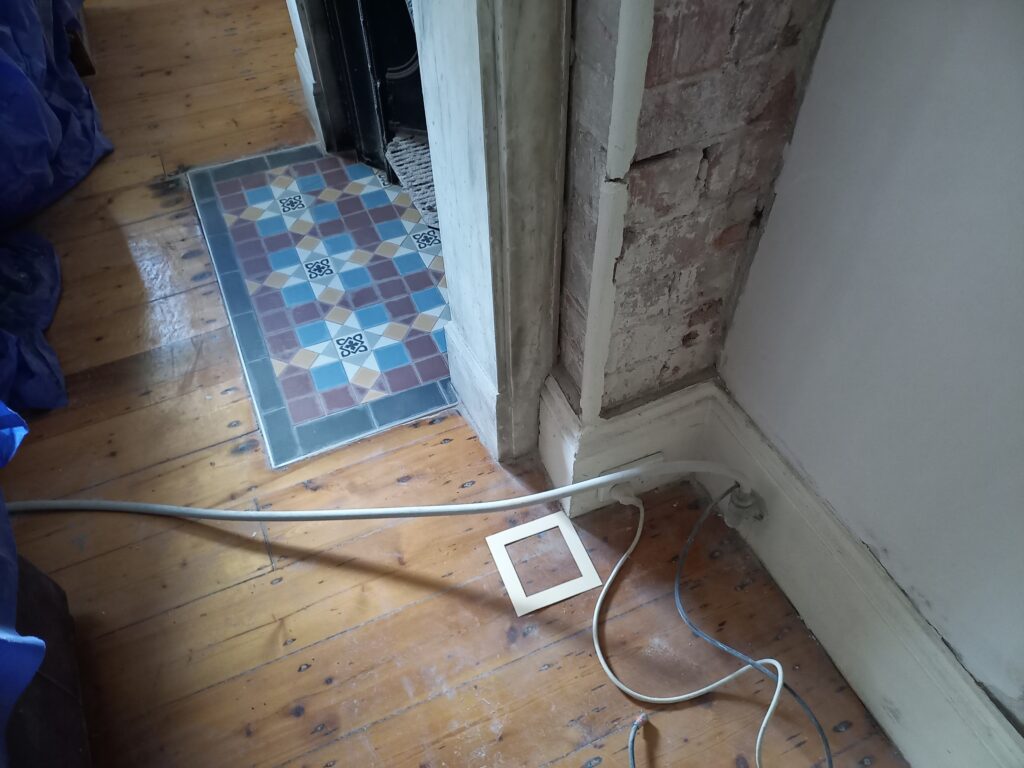
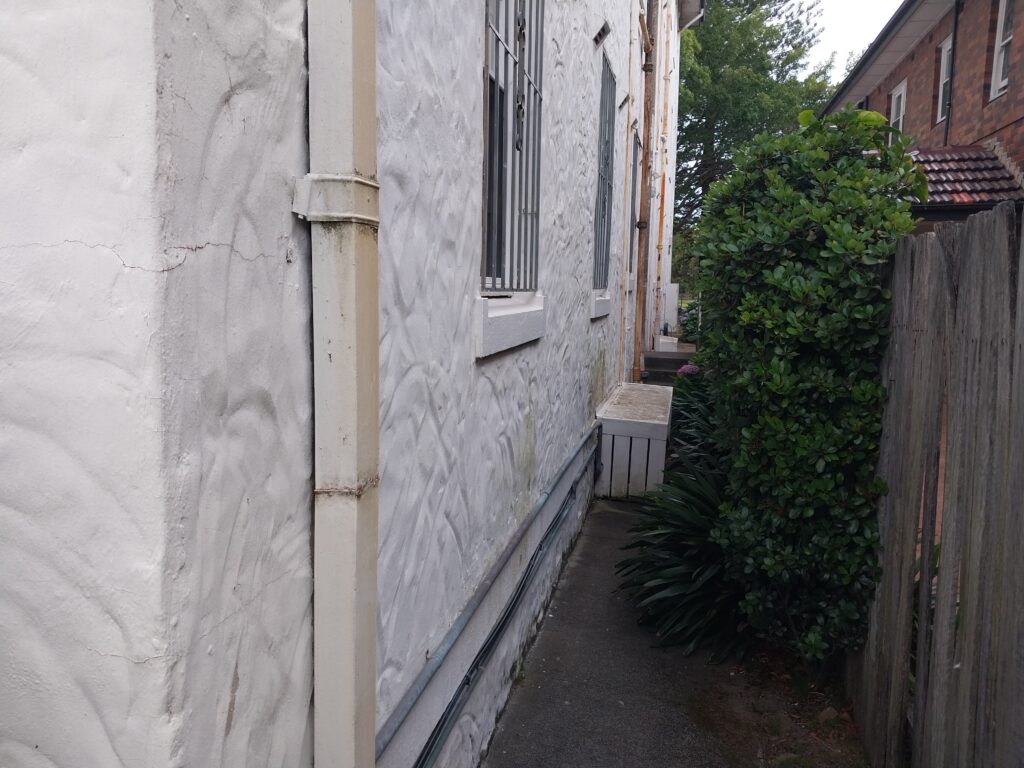
Request Lead and Hazardous Paint Sampling, Testing & Assessment
Our occupational hygienists have been dealing for many years with all aspects of lead hazard and hazardous paint identification, assessment and management including the following:
- Site inspection, sampling and testing of lead based paint, hazardous metallic paint, contaminated dust on surfaces and in ceiling cavities as part of a hazardous building materials survey (standard survey or for Local Council DA survey) or for hazard identification and exposure risk assessment in workplaces involving lead risk work and hazardous paint removal
- Atmospheric monitoring of lead dust and fumes (background, exposure and clearance monitoring)
- Writing technical specifications/scope of works for removal of hazardous paint and lead and other metals dust contamination
- Project management of hazardous paint removal works (Principal Contractor)
- Post removal clearance testing
- Lead risk work assessment
- Workplace Health and Safety Plans for lead and hazardous paint hazards.
Legislation and Standards Applicable to Lead
- AS/NZS 4361.2:2017 Guide to hazardous paint management Lead paint in residential, public and commercial buildings
- AS/NZS 4361.1:2017 Guide to hazardous paint management Lead and other hazardous metallic pigments in industrial applications
- Australian Standard AS2601, The Demolition of Structures, Section 1.6 – 2001
- National Occupational Health and Safety Commission (NOHSC), Control of Inorganic Lead at Work: National Standard, 1012 – 1994
- National Occupational Health and Safety Commission (NOHSC), National Code of Practice for the Control and Safe Use of Inorganic Lead at Work, 2015 – 1994
- Work Health and Safety Regulation 2017 (WHS Regulation).
Contact our office for all your business needs regarding hazardous building materials on your site.

